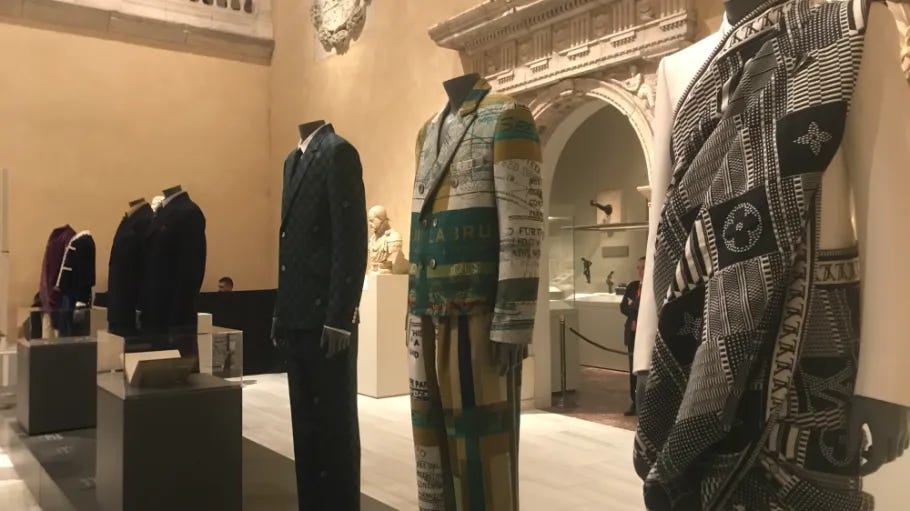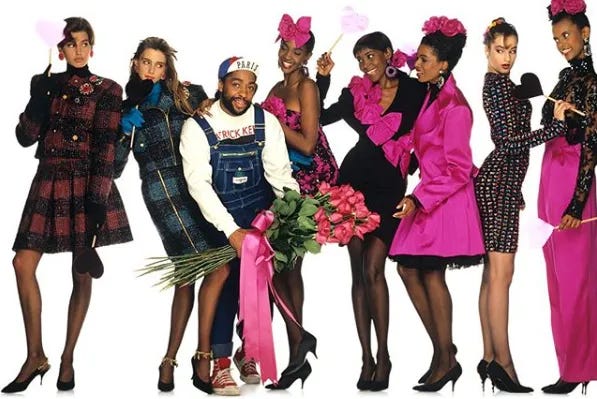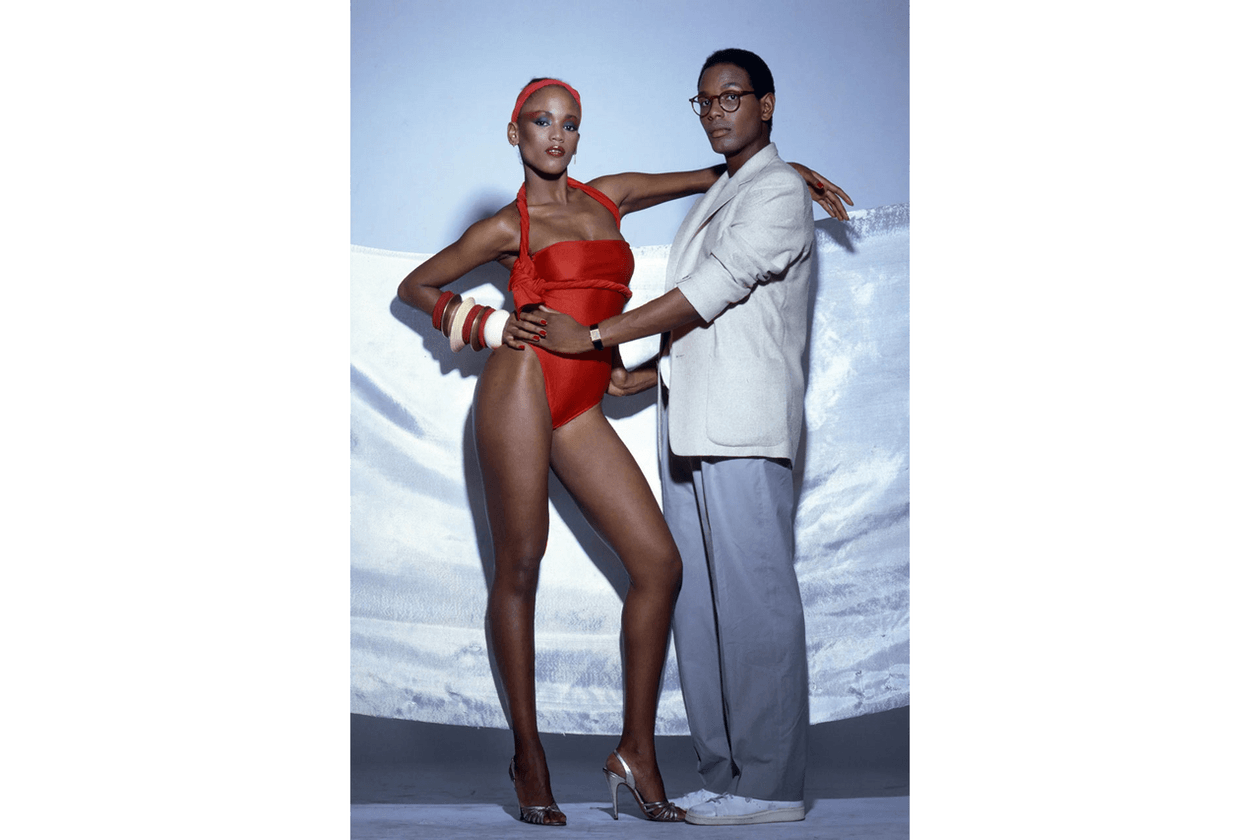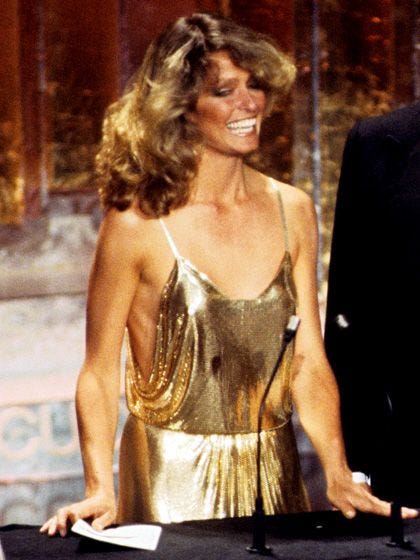Superfine
Thoughts on The Costume Institute’s upcoming spring exhibition, "Superfine: Tailoring Black Style.”
Editor’s Note: You’re receiving the Style Files earlier this week because there’s been a death in the family, and I have to step away from the computer for a few days. I’ll be back later next week with a usual dishy edition, plus some sustainability news.
The Costume Institute at the Metropolitan Museum of Art yesterday tapped F1 champion Sir Lewis Hamilton and pop-star-turned-Louis-Vuitton-menswear-designer Pharrell Williams to announce its upcoming spring exhibition, Superfine: Tailoring Black Style.
The exhibition will also serve as the theme for the Met Gala, the museum’s over-the-top fundraising fete on the first Monday in May.
With the announcement I had a few immediate thoughts:
It’s about time!
The Costume Institute, like American Vogue—both overseen by Anna Wintour—has been achingly slow to embrace inclusivity and diversity, even after the Black Lives Matter marches in 2020. Yes, British Vogue, when edited by Edward Enninful, was all about inclusivity and diversity—those were two of his three pillars for the magazine, the third being sustainabilty.
But American Vogue and the Costume Institute, to borrow the Oscars’ protest chant from a few years ago, have remained #SoWhite. When either reference the past, it’s usually a White design icon, like Charles James, or Coco Chanel, or John Galliano, Wintour’s chou-chou, who’s been in the fashion business since the mid-1980s.
Never do I see Patrick Kelly, who was the first American of any color to be admitted to the Chambre Syndicale de la Mode, the elitist French fashion governing body, in 1988—the same summer I began my career on The Washington Post fashion desk, and wrote about him fairly often. Kelly died from AIDS-related complications in 1990.
Or Willi Smith, whose company Williwear was a trailblazing trendsetter in the late 70s and throughout the 80s. He too died of AIDS-related illness, in 1987.
Or Stephen Burrows, the lone designer of color in the famous Battle of Versailles fashion competition in the early 1970s.
Burrows was the first African-American designer to receive international acclaim in fashion, and the first to win the prestigious Coty Award. He made the gold dress that Farrah Fawcett barely wore to the Oscars in 1978, and was the subject of a restrospective at the Museum of the City of New York in 2013.
Keep reading with a 7-day free trial
Subscribe to Dana Thomas to keep reading this post and get 7 days of free access to the full post archives.







